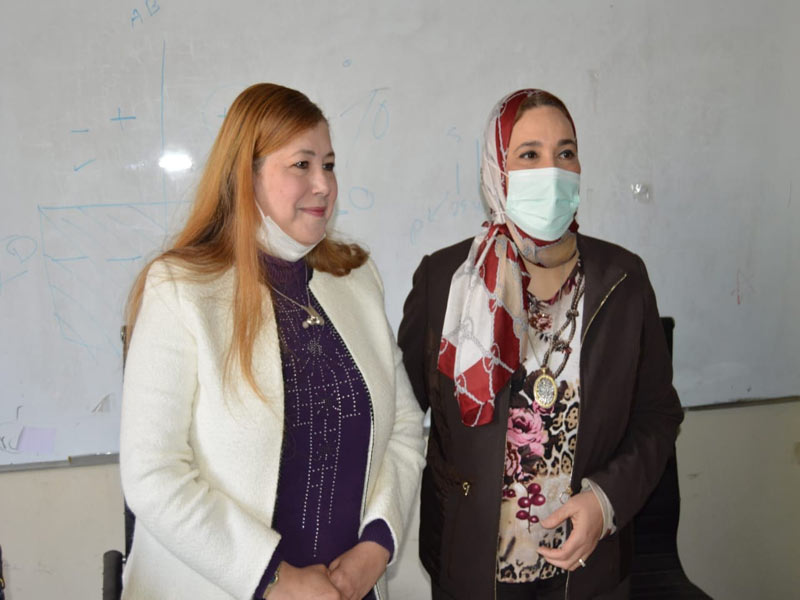
A workshop at the Faculty of Childhood provides mothers with a prescription to deal with hyperactivity and attention deficit
Under the auspices of Prof. Dr. Mahmoud El-Metini, President of Ain Shams University, Prof. Dr. Hesham Tamraz, Vice President for Community Service and Environmental Development, Prof. Dr. Howayda El-Gebali, Dean of the Faculty of Graduate School for Childhood, under the supervision and organization of Prof. Dr. Rand Kamal, Vice Dean for Community Service and Environmental Development, in cooperation with Prof. Dr. Ahmed Al-Kahki, Director of the Center for People with Special Needs in the faculty, the Community Service and Environmental Development Affairs Sector at the Faculty of Graduate Studies for Childhood, Ain Shams University, organized a workshop entitled (Psychological, behavioral and nutritional guidelines to reduce hyperactivity and increase focus and attention.
Prof. Dr. Howayda El-Gebali, Dean of the Faculty, stressed during her opening speech that the main objective of the College and the Center for Special Needs is to support parents and their children who receive services at the Center for Special Needs and the College of Graduate Studies for Childhood.
Prof. Dr. Randa Kamal, Vice Dean for Community Service and Environmental Development at the faculty, notes that ADHD, in recent years have witnessed an increase in the number of children diagnosed with it, and it is important and necessary for mothers to know some general points about the disorder, which has a noticeable impact on our future generations.
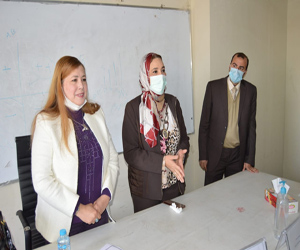 |
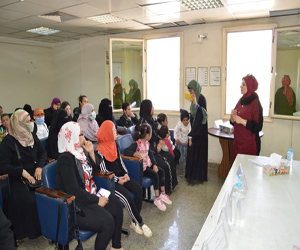 |
|
Dr. Hayam Azzam, a mental health consultant at the Family Counseling Unit and lecturer at the symposium, presented the definition of Attention Deficit Hyperactivity Disorder, noting that it is the most prevalent behavioral disorder among children in recent times, pointing out that there are basic conditions and places for diagnosing a child with this disorder, including that the symptoms persist for 6 months continuously and that the community surrounding the child. The child should have these symptoms before puberty and entering school, so the disorder cannot be diagnosed during adolescence.
She tackled the symptoms of the disorder that appear, its degrees and ways of diagnosing it, as if the child is very bored and cannot complete the tasks assigned to him, especially if it requires a long time to sit quietly and his movement is not purposeful and disruptive at times.
Dr. Hayam Azzam stressed that this disorder should be diagnosed by specialists, and the ratio of its prevalence among males to females is 1:3, so boys are affected by it at a greater rate than girls.
She reviewed the causes of children with ADHD, including the lack of dopamine in the brain of children who have the disorder, in addition to the genetic factor. The child may develop this disorder if one of the parents is diagnosed with emotional disorders.
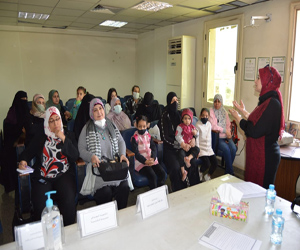 |
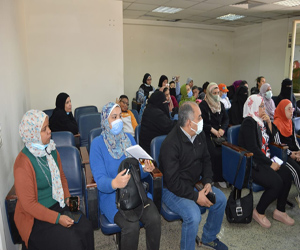 |
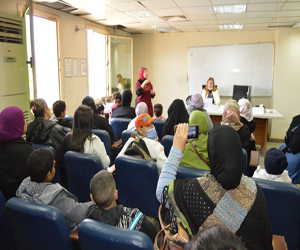 |
||
She added that heavy and unsafe exposure to screens (TV - mobile phone - computer) may cause children to become disturbed.
She provided the mothers with a quick prescription and instructions for the parents to help them deal with the disorder, including regulating the sleep of the affected children in order to regulate their growth hormone, and stressed the importance of pharmacological intervention and practicing sports, especially group sports, with the need for parents to adhere to family counseling sessions, awareness and agreement among them on ways of education and not separating siblings and improving family relations.
It also presented the best methods of therapeutic nutrition that can affect these children and the list of prohibited foods such as preservatives, carbonated water and processed sugars, in addition to the need for these children to get an adequate amount of balanced and healthy fresh meals with a focus on vegetables, fruits, fish and nuts.
.svg)



